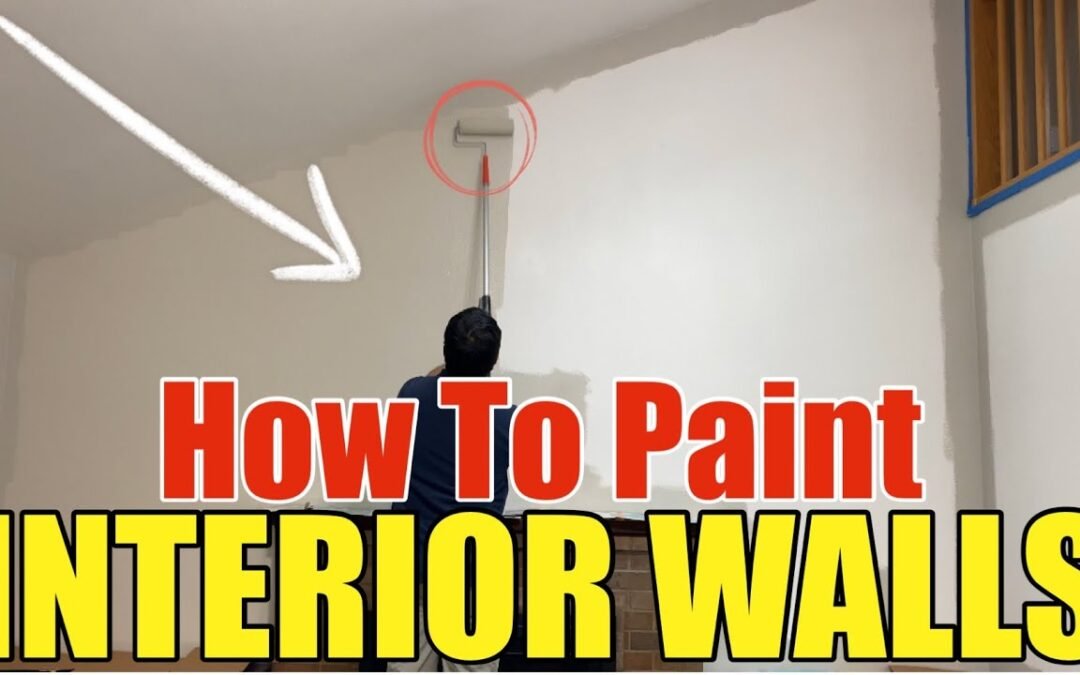Painting the walls of your living room is a fantastic way to update and modernize your space. In this post, we’ll walk you through a step-by-step guide on how to paint like a pro, covering the entire process from cutting in edges to rolling paint on large walls.
At Frank’s Handyman Service, we’ve done countless home renovations, and we’re excited to share our expertise with you. If you want to transform your living room with a fresh coat of paint, keep reading!
Step 1: Cut in the Edges
Before rolling paint on the walls, it’s crucial to cut in all the edges. This means carefully painting around obstacles such as fireplaces, railings, outlets, and ceilings. Use painter’s tape to protect areas like wooden railings or kitchen cabinets from stray brush strokes.
- Tip: Get a high-quality brush for cutting in edges, like the Purdy XL. It will help you achieve clean lines and professional results.
Step 2: Protect the Floor
Lay down a drop cloth to protect your floors and carpet from paint drips or splatters. This is especially important when rolling paint, as the roller can sometimes cause small splashes.
Step 3: Load Your Roller Properly
Once you’re ready to start painting the walls, load up your roller with paint. You want enough paint on the roller for even coverage but not so much that it drips. Start painting in sections, approximately 3-5 feet wide, and apply the paint in smooth, even strokes.
Step 4: Apply the Paint Evenly
To avoid streaks or uneven coverage, paint the wall in a zigzag motion. First, roll the paint upward diagonally, and then come down diagonally, ensuring you overlap the area multiple times for even coverage.
- Tip: If you’re painting a light color (like gray) over white, you might only need one coat, as long as you apply the paint evenly.
Step 5: Use an Extension Pole
For high ceilings, an extension pole is your best friend. This will allow you to paint hard-to-reach areas without needing to stand on the top of a ladder. A 2-4 foot extension pole should be enough for most projects.
Step 6: Address Difficult Areas
Vaulted ceilings or angled walls can present challenges. In these cases, you may need help to stabilize your ladder or cut in areas. Be sure to take your time and work safely when painting in difficult-to-reach areas.
Step 7: Allow for Drying Time
Once you’ve completed the rolling process, let the paint dry. Turn on a fan to help the drying process move along faster, especially in areas with limited airflow.
Video Tutorial:
Watch our full video tutorial to see how we achieved these professional results when painting the walls of our living room:

